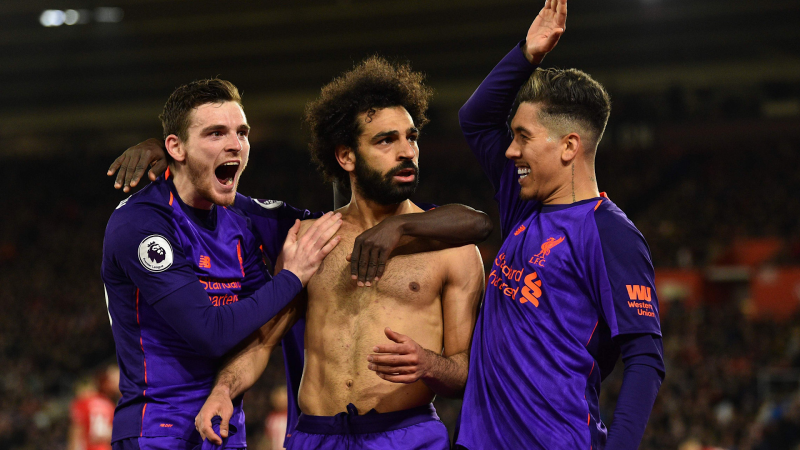
We understand that a goal demands some sort of celebration, especially if it was hard-won. But after reading this, you’ll find that it’s probably safest to just do a little fist pump and leave it at that.
If performed with a balance of levity, professionalism, and nuance, some celebratory antics could go on to become the time-honoured trademarks of accomplished footballers.
Other times, when enough happy hormones get flowing, the brain sometimes misinterprets the flood of chemical messengers as license to go wild and behave inappropriately. Then, all you might get are some regrettable moments seen and remembered by millions of people for years to come.
These are some of the worst ways we have seen a goal being celebrated on the pitch.
The Kit Strip
We get it. You’ve been putting in time at the gym or you’ve got a message to share—and the celebration is so much more enjoyable with the sensation of free-flowing air on your skin.

But no matter how estatic you feel, or how important you feel your message might be, you really should leave that kit on. Law 12 of FIFA’s Laws of the Game state that the removal of a jersey should be met with a yellow card.
There have been too many footballers who tore off their jerseys in celebration of a goal to count, but thankfully, there have not been as many who have discarded their shorts.
For everybody’s sake, please keep that kit on.
The Exit
Sometimes the elation of scoring a goal can have a player tearing up and down the length of the pitch, which might be regarded as a mildly annoying time-waster; other times, that happiness will result in antics such as a player leaving the field of play to applaud himself— as Swedish defender Medi Dresevic did in 2016.
But leaving the pitch to immerse yourself in spectators might be hazardous to your health if you are unfamiliar with the layout of the stadium. Such as that time when FC Zürich’s Benjamin Kololli apparently disappeared off the face of the Earth after scoring a penalty against AEK Larnaca in a 2018 UEFA Europa League match.
Both of these instances constituted cautionable offences according to Law number 12 in the FIFA Laws of the Game.
The Machine Gun
Back before the issue of gun control came to the forefront of international discussions, a few particularly accomplished and charismatic footballers, such as the Argentinian Gabriel Batistuta, could play at shooting down fans or opponents and not earn any ire for the display.

As the times changed and gun violence became a more contentious issue. The practice of play-shooting to celebrate a goal became less than acceptable on the pitch.
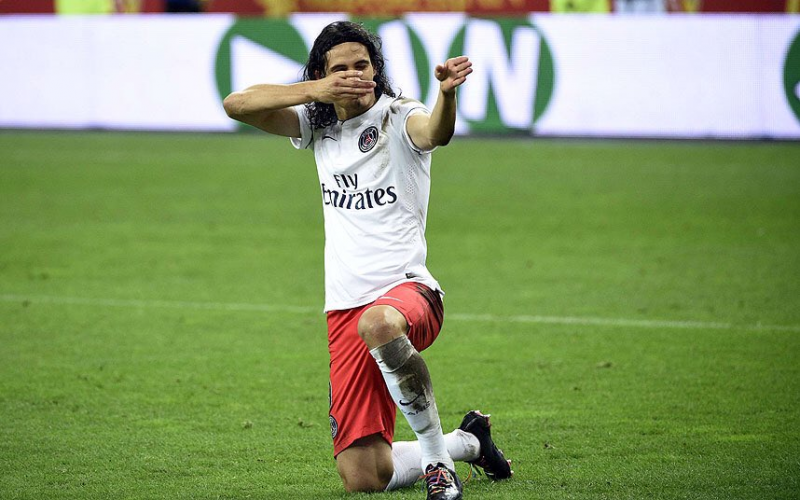
It was a controversial decision but referee Nicolas Rainville showed Cavani the red card and had him sent off the field for the provocative display.
La Quenelle
The quenelle is either a display of anti-establishmentarianism, anti-Semitism, anti-Zionism, or a way to suggest that someone should get a proctology examination.
The quenelle is just so loaded with ambiguity, and its various meanings recognisable to only a certain French demographic, that it seems safest to leave it off the pitch entirely.
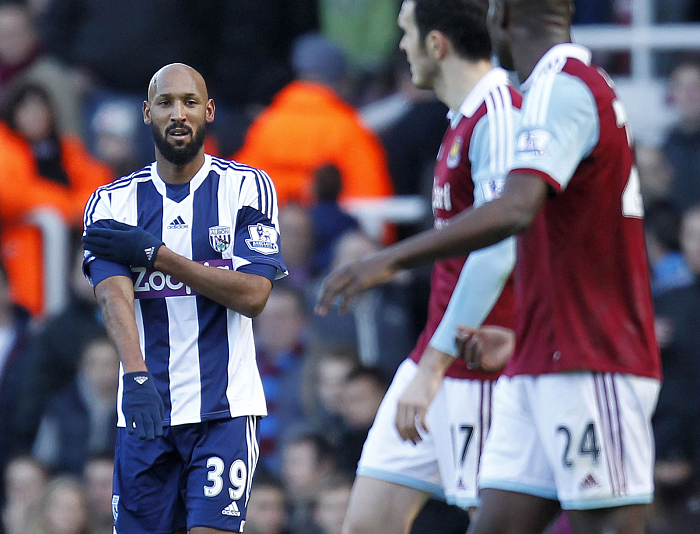
Back in 2013, when Nicolas Anelka made the gesture after scoring a goal against West Ham United at Upton Park, French lawmakers considered banning the gesture while Anelka was slapped with a five-match ban, fined, and eventually sacked. Anelka never played for another European club again.
Il Saluto Romano
For a time, the Roman salute was portrayed in art as an ancient custom. But like many age-old concepts and practices that were misappropriated by a certain group of fascists nearly a century ago, the gesture has since become synonymous with something more sinister.
Pulling this gesture anywhere in the world, especially in Western Europe—whether in military fatigues or in street clothing, alone or in a group, silently or while shouting, with or without a tiki torch—any variation of this salute will almost certainly guarantee some jail time.
Unless you’re Paolo Di Canio and in Rome. In which case, you can claim to be showing solidarity for your fellow right-wing Romans and it’s somewhat justified (sort of).
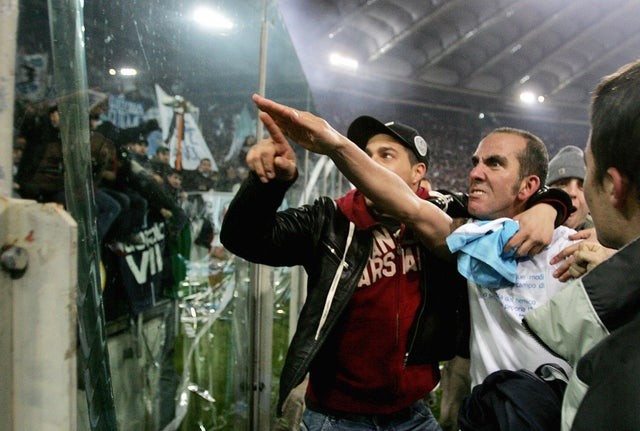
Pull it off in Greece however, as Giorgos Katidis did in 2013, where the connotations of the gesture are so much more aligned with racism than with fascism, and you’ll probably lose the opportunity to represent your country on the world stage.
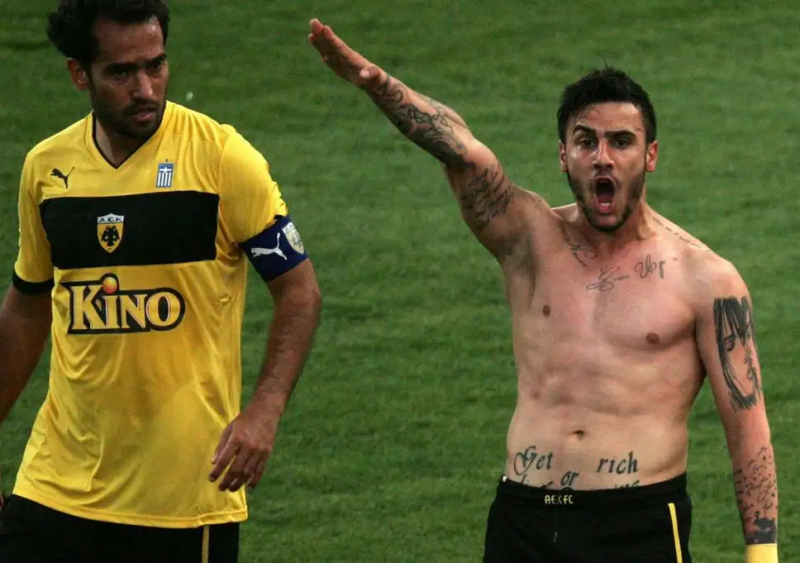
Kevin Eichenberger celebrates a goal by giving the goalkeeper a high five.

